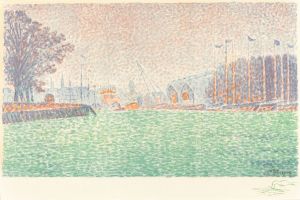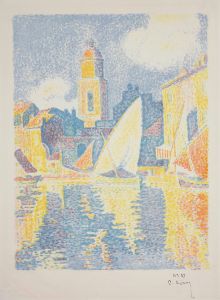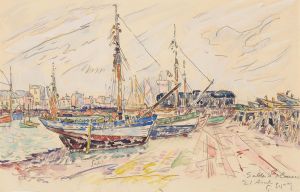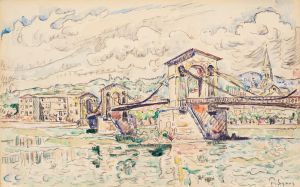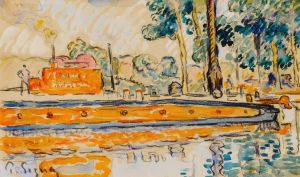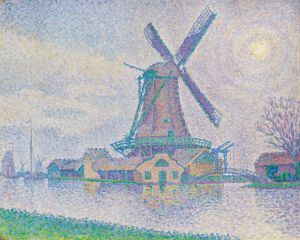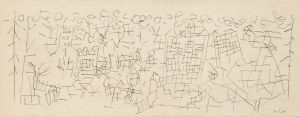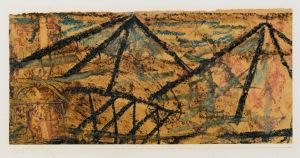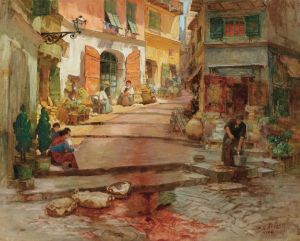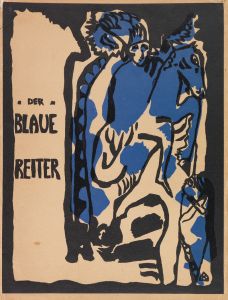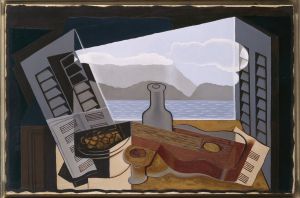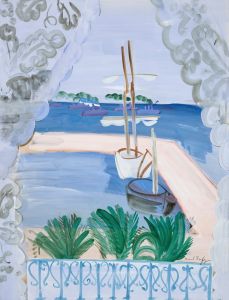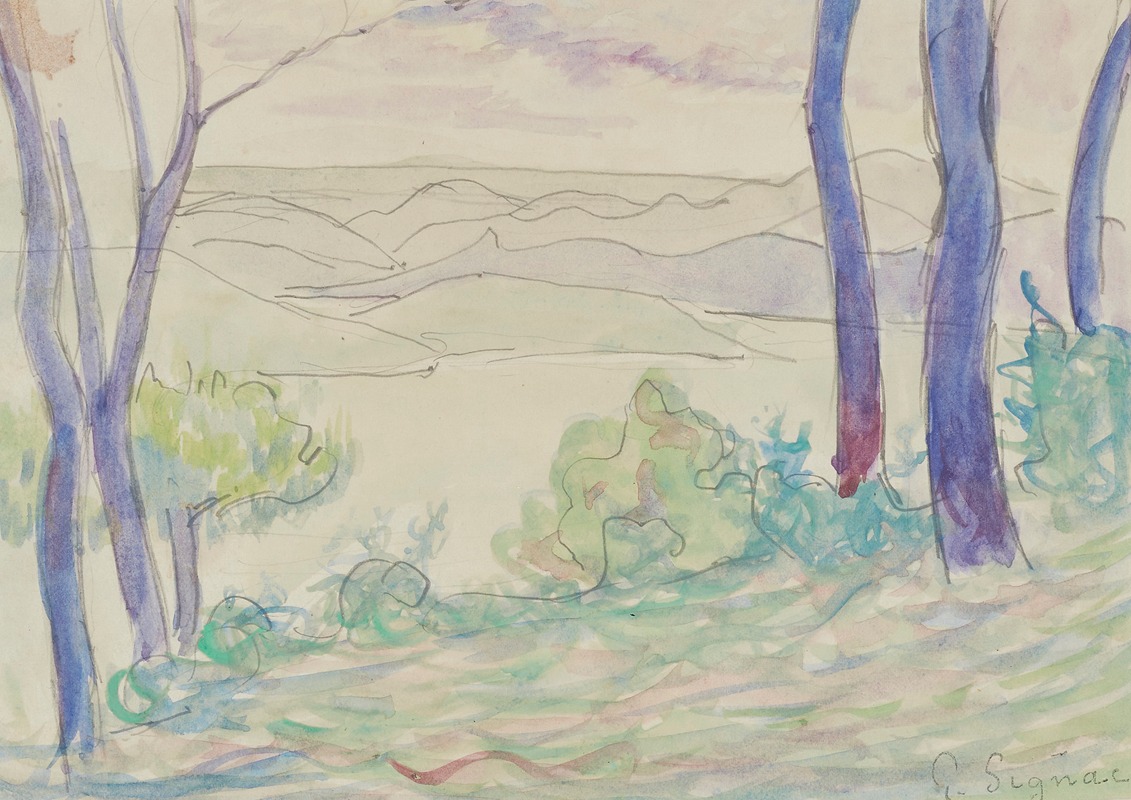
Paysage méditerranéen
A hand-painted replica of Paul Signac’s masterpiece Paysage méditerranéen, meticulously crafted by professional artists to capture the true essence of the original. Each piece is created with museum-quality canvas and rare mineral pigments, carefully painted by experienced artists with delicate brushstrokes and rich, layered colors to perfectly recreate the texture of the original artwork. Unlike machine-printed reproductions, this hand-painted version brings the painting to life, infused with the artist’s emotions and skill in every stroke. Whether for personal collection or home decoration, it instantly elevates the artistic atmosphere of any space.
"Paysage méditerranéen" (Mediterranean Landscape) is a painting by the French artist Paul Signac, who was a leading figure in the development of the Pointillist technique. Signac was born on November 11, 1863, in Paris, France, and he initially studied architecture before turning to painting. He was greatly influenced by the works of the Impressionists, particularly Claude Monet, and later became a close associate of Georges Seurat, the founder of Pointillism.
Pointillism, also known as Divisionism, is a technique of painting in which small, distinct dots of color are applied in patterns to form an image. This method relies on the ability of the eye and mind of the viewer to blend the color spots into a fuller range of tones. Signac adopted this technique and became one of its most prominent practitioners, contributing significantly to its development and popularization.
"Paysage méditerranéen" is a quintessential example of Signac's mature style, showcasing his mastery of Pointillism. The painting depicts a serene and vibrant Mediterranean landscape, characterized by its luminous color palette and meticulous dot application. The scene captures the essence of the Mediterranean coast, with its bright sunlight, clear skies, and lush vegetation. The use of vibrant colors and the meticulous arrangement of dots create a sense of harmony and tranquility, which are hallmarks of Signac's work.
Signac's fascination with the Mediterranean region is well-documented, as he spent a considerable amount of time traveling and painting along the French Riviera and other Mediterranean locales. His works from this period often reflect his love for the sea and the coastal landscapes, which he rendered with a keen eye for detail and a deep appreciation for the natural beauty of the region.
"Paysage méditerranéen" exemplifies Signac's ability to convey the luminosity and vibrancy of the Mediterranean environment through his innovative use of color and technique. The painting is a testament to his skill in capturing the interplay of light and color, which was a central concern of the Pointillist movement. Signac's meticulous approach to painting, combined with his deep understanding of color theory, allowed him to create works that are both visually striking and scientifically grounded.
Throughout his career, Signac remained committed to the principles of Pointillism, and his works continued to evolve as he experimented with different color combinations and compositional techniques. His contributions to the art world extend beyond his own paintings, as he was also an influential art theorist and writer. Signac's writings on color theory and his advocacy for the Neo-Impressionist movement helped to shape the direction of modern art in the late 19th and early 20th centuries.
"Paysage méditerranéen" is housed in various public and private collections, and it continues to be celebrated for its beauty and technical brilliance. The painting stands as a testament to Paul Signac's enduring legacy as a master of Pointillism and a key figure in the history of modern art.





